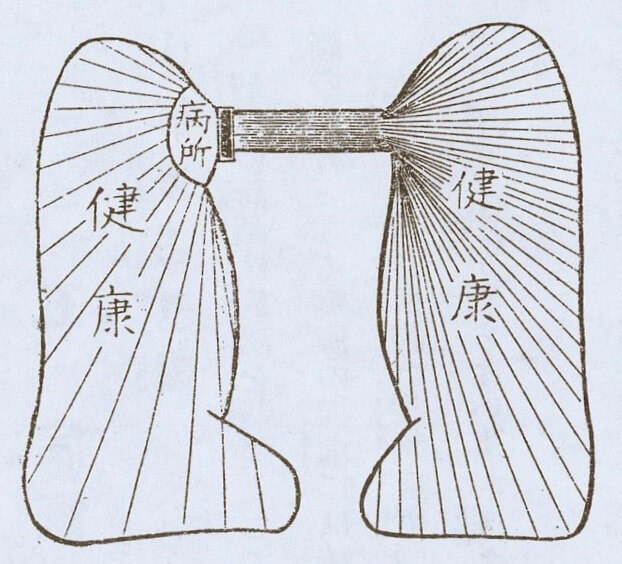
This is a true method for developing the amazing Reiki healing ability to cure any disease in just 5 days of training.
Kaiji Tomita was a Japanese man living in Osaka in Japan in the Taisho era (1912-1926).
Kaiji Tomita
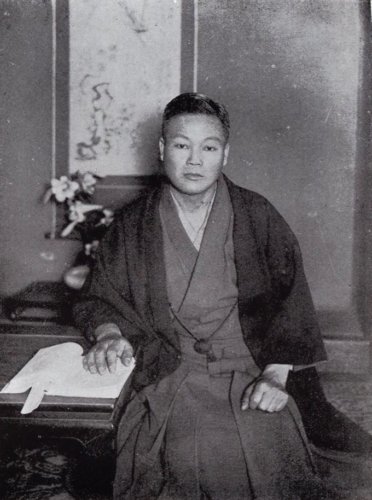
Tomita learned the original Reiki directly from Mikao Usui, the founder of Reiki at the Usui Reiki Ryoho Gakkai (Usui Reiki Therapy Society).
If you are interested in the details of the amazing life of Mikao Usui, the founder of Reiki, please click the link below.
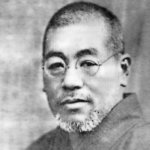
After that, in order to spread Reiki in Japan, Tomita opened his clinic in front of Ichioka Junior High School (the current Ichioka High School) in Minato-ku, Osaka, where he established the “Tomita Hands-on Healing.”
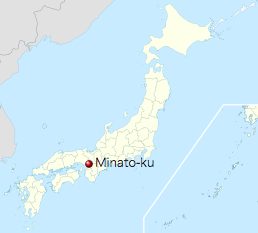
Source – Own work
Amazingly, Tomita gained a miraculous healing power to cure all kinds of diseases in only 10 hours of Reiki training.
If you are interested in the episode of Kaiji Tomita’s Reiki treatment shortly after he learned Reiki, please click the link below.
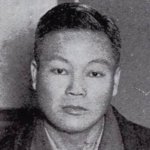
According to Tomita, such power is inherent in all humans, and anyone can acquire it if they train in the right procedures.
Unfortunately, Usui, the founder of Reiki, did not leave any writings on his own Reiki therapy, so it is not possible to know the details of how the Usui style Reiki therapy was actually practiced now.
However, Tomita described in considerable detail how to develop his Reiki healing abilities in his book “Reiki to Jinjutsu: Tomita-Style Hands-on Therapy” which was published in 1933.
In this post, I would like to introduce Kaiji Tomita’s method for developing amazing Reiki healing ability to cure any disease in just 5 days of training.
Byoukan, a Spiritual Reiki Sensation
In Kaiji Tomita’s Reiki therapy, the diagnosis of the disease is based on the Byoukan (the Reiki sense of disease).
In Western Reiki, a Reiki practitioner generally places his or her hands on the body of the sick person according to 12 predetermined hand positions, regardless of the condition of the sick person’s body.
On the other hand, in the original Reiki therapy of Mikao Usui, the founder of Reiki, and his direct disciples such as Chujiro Hayashi and Kaiji Tomita, a Reiki practitioner diagnoses the disease condition based on the Reiki sensations the practitioner feels when he or she places his or her hands on the body of the sick person and treats the sick person based on the results of that diagnosis.
Therefore, in the original Reiki therapy, you must pay special attention to the point of properly probing the source of the disease through Reiki.
According to Tomita, when a Reiki practitioner puts his or her hand on a sick person, the practitioner feels a special kind of Reiki sensation in the palm of his or her hand as it touches the affected area.
If the practitioner puts the hand on the person’s body when the person is perfectly healthy, or if the practitioner puts the hand on a non-affected part of the person’s body, the practitioner does not feel any special Reiki sensation in the palm of the hand.
However, when the practitioner touches the affected part of the sick person, the practitioner feels a unique Reiki sensation in the palm of the hand, which Tomita calls Byoukan (Reiki sensation of disease).
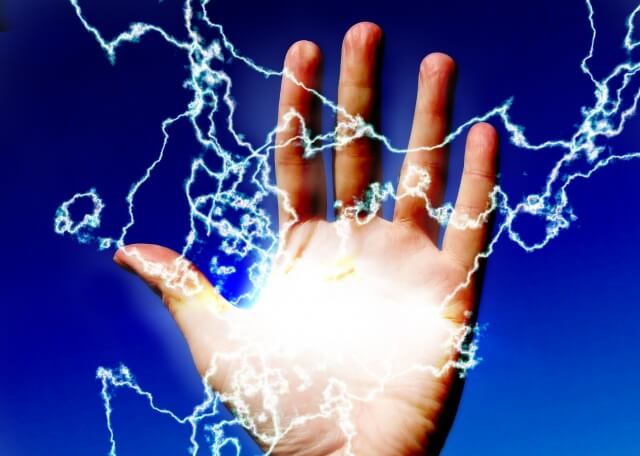
Byoukan is a spiritual sensation that arises naturally when living beings touch each other, a sensation that all living beings have.
Kaiji Tomita’s Reiki therapy uses this Byoukan, the Reiki sensation the practitioner feels in the palm of his or her hand, as the basis for the diagnosis of disease.
Why Does Byoukan Arise?
Based on his numerous Reiki treatment experiences, Tomita explains Byoukan theoretically as follows.
When the practitioner’s hand, which is radiating Reiki, is placed on the sick person’s body, a mind-body connection is created between the practitioner and the sick person.
Now, when the practitioner’s hand is placed on the sick person’s affected area, a mind-body connection will be made between the practitioner’s palm and the sick person’s body, with the diseased area between them.
In other words, as shown in Fig.10, the diseased part of the sick person’s body is sandwiched between the healthy part of the practitioner’s body and the healthy part of the sick person’s body.
Figure. 10 The diseased part of the sick person’s body is sandwiched between the healthy part of the practitioner’s body and the healthy part of the sick person’s body.
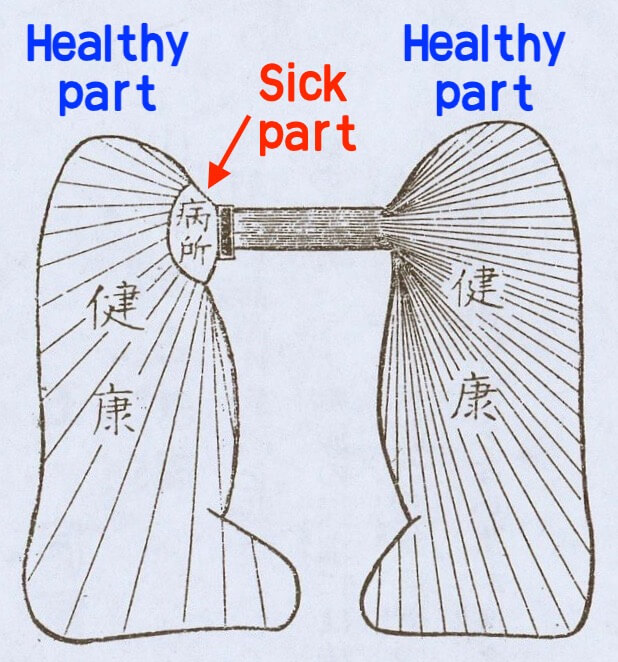
At this time, the diseased area sandwiched between these healthy parts of the body produces a strange Reiki sensation in the palm of the practitioner’s hand that is touching it, and this sensation is Byoukan.
Tomita discusses the mechanism by which this Byoukan occurs in the palm of the practitioner’s hand as follows.
Since health is the natural state of human beings, it is in our nature that when we suffer from a disease, our natural ability to heal ourselves is activated in order to recover quickly.
At this time, the diseased parts of the human body absorb Reiki, which is a kind of nutrient for the spiritual parts of the human beings, to generate natural healing power and return to their original state of health.
However, in this case, not only is there a deficiency in the physical tissues and functions of the affected area, but also a deficiency in the spiritual nutrient, Reiki, which makes it difficult for the sick person’s body to provide the affected area with the necessary Reiki.
So, the affected part of the sick person will absorb the Reiki needed for recovery from the practitioner’s body through the palm of the practitioner’s hand.
In this process of the natural healing action of the affected area, the practitioner feels the Reiki absorbed into the affected area from the body through the palm of the hand as a kind of unique Reiki sensation in the palm.
And this Reiki sensation is Byoukan.
The Mysterious Nature of Byoukan
According to Tomita, the intensity and sensation of Byoukan in your palm vary depending on the condition of the disease.
One example of Byoukan is that the practitioner feels like the palm of the hand is drawn to the affected area and does not leave it easily.
In another example of Byoukan, the practitioner may feel a tingling and numbness in the palms of the hand.
By and large, the practitioner feels a strong Byoukan in cases of acute disease and a weak Byoukan in cases of chronic disease.
If Byoukan is so strong, the practitioner often feels so much pain in the hand that the practitioner can’t hold the palm against the affected area for even two minutes, let alone five minutes.
In this case, the practitioner feels a terrible pain in the palm of the hand that cannot be described in words.
Also, when touching a fever patient, the practitioner may feel an awful heat sensation, as if the practitioner’s half of the body has been plunged into the boiling water.
The practitioner may also feel as if the body is being lightly pricked by a bundle of countless fine needles.
The practitioner may also feel quite a variety of unusual Byoukan, such as a pounding and pulsating Byoukan.
According to Tomita, each of these Byoukans is a true indication of the presence and nature of the disease.
Also, even in the case of a single disease in one person, Byoukan is not always constant and changes from time to time.
By and large, the changes in Byoukan are slower in diseases that have been latent for a long time in the case of chronic diseases, but the changes in Byoukan are more rapid in the case of acute disease.
According to Tomita’s experience, in the Reiki treatment of chronic diseases, a sudden change in the condition of the affected area is followed by a process of healing.
Byoukan changes to reflect changes in the condition of the affected area.
There is also some change in Byoukan between the beginning and the end of the treatment, even during the course of a day.
Malignant Byoukan in Terminally Ill People
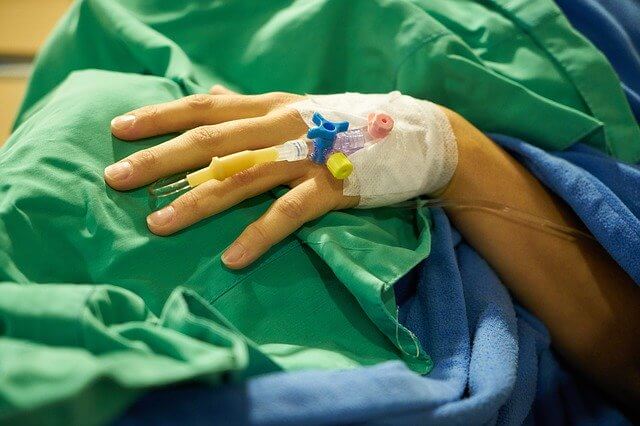
According to Tomita, terminally ill people with no hope of recovery emit an irregularly disorganized Byoukan.
In other words, when diagnosing a terminally ill person, the Reiki practitioner feels that his or her Byoukan is unstable and extremely disorganized as if the Byoukan disappeared soon after it appeared, and it appeared again soon after it disappeared.
This is an undoubted fact based on Tomita’s many Reiki treatment experiences.
The Curious Properties of Byoukan in Reiki Treatment
This change in Byoukan follows an orderly and constant course according to the type and extent of the disease, so that the practitioner can know the progress of disease healing based on the change in Byoukan.
However, because the mechanism of Byoukan is not so simple and there are many sensations that cannot be described in words, it is sometimes difficult for the practitioner to accurately determine the condition of the disease based on Byoukan.
According to Tomita’s experience, any disease can be cured with repeated treatments, but the progress of healing through Reiki follows the opposite course to that in which the disease developed.
A particularly curious aspect of Reiki treatment is that there are two cases in which only the sick person may feel a kind of distress as a healing response to Reiki during treatment, and only the practitioner may feel such distress.
For example, if Tomita treats someone with pain in the arm due to neuralgia, he treats the arm of that person with Reiki.
In the first twelve treatments, the sick person does not feel any different.
However, as the patient gradually enters the response phase of Reiki treatment, the sick person will feel a much stronger pain.
If only some people feel this pain, it shouldn’t be much of a problem, but strangely enough, all people with neuralgia who have undergone Reiki treatment experience the same pain.
When the therapeutic response phase of Reiki reaches its peak, this pain also reaches its peak.
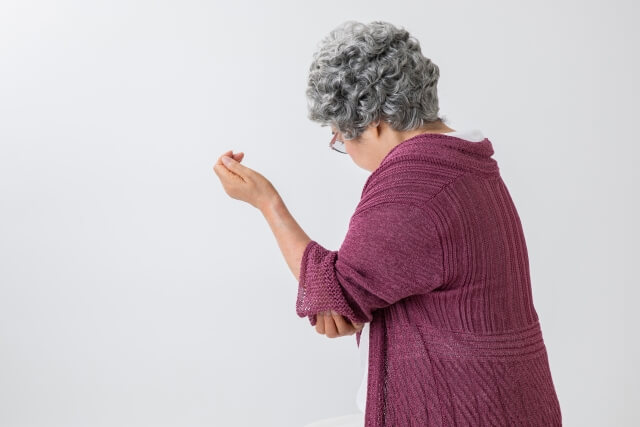
It is not unusual for the sick people to ask Tomita to stop the Reiki treatment, even if they are undergoing treatment because they cannot bear the pain.
According to Tomita’s experience, this kind of pain is especially common in the case of Reiki treatment of neuralgia, but it sometimes appears during the treatment of other diseases as well.
In the case of other diseases, the practitioner only feels some strong Byoukan in the body but the sick person does not feel any pain.
In the reactive phase of the Reiki treatment, when the patient’s pain is at its peak, Tomita feels a strong pain in his hand.
But curiously, if he lets go of his hand from the sick person’s body and such pain disappears as if nothing had happened.
After a few days of repeated treatments, the pain would disappear and the patient would not feel anything.
After this point, the sick person is close to a full recovery.
Oddly enough, this pain does not occur as much during the Reiki treatment-response phase in people with the same neuralgia, but with pain in places other than the arm.
On the contrary, during Reiki treatment, the practitioner often feels unbearable pain while the sick person feels very comfortable.
In this case, the practitioner may at times be in great distress, feeling unspeakable pain and chills in the right arm while touching the sick person’s affected area with the right hand.
Tomita feels a lot of such Byoukan when treating people with acute diseases with Reiki.
Even more curiously, when the Reiki practitioner places the palm on the picture of the sick person, he or she feels Byoukan just where it corresponds to the affected area.
Therefore, without directly diagnosing the sick person’s body, the practitioner can also diagnose the disease on the basis of the Byoukan coming from the sick person’s photograph.
The Relationship Between Byoukan and the Sensory Nerves
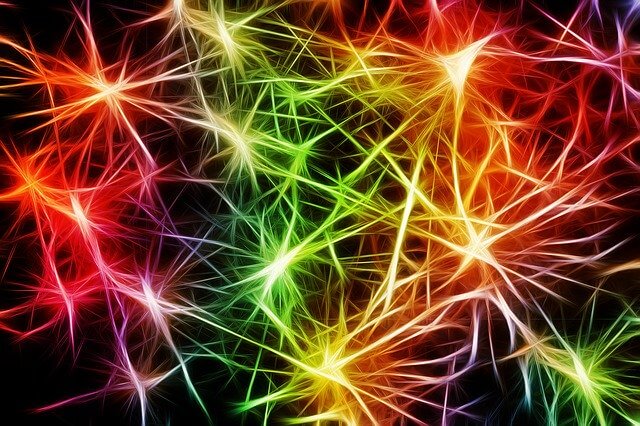
The more experienced a practitioner is in Reiki treatment, the more strongly he or she feels these particular Byoukans.
But according to Tomita, the sensation of these Byoukans cannot be attributed to neural action or sensory nerves.
This is because the practitioner simply feels the intensity of Byoukan according to the degree of disease in the affected area, regardless of whether the affected area is a painless organ such as the lung or the uterus, or a sensitive area such as a limb.
So, Tomita believes that Byoukan cannot be attributed to sensory nerves.
2 Types of Disease Areas based on Byoukan
What is particularly unique about Kaiji Tomita’s Reiki therapy is that the practitioner identifies two types of disease areas, based on Byoukan, where the symptoms of the disease appear (Byousho) and where the disease is at its source (Byoukon).
Tomita gives an interesting example of this.
Tomita diagnosed the body of a child with bloodshot eyes and eye mucus based on the intensity of Byoukan, and strangely enough, he often felt Byoukan emitting more strongly in the chest than in the eyes.
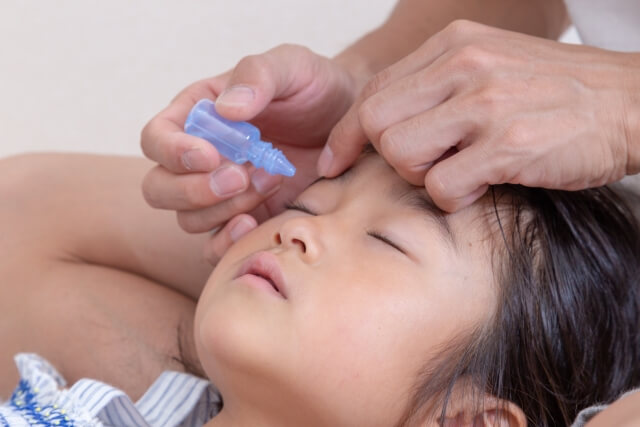
According to Tomita, treating only the child’s eyes in such a case was not very effective, as the child’s condition kept getting better and worse, taking a long time to recover.
However, Tomita found that treating the chest along with the eyes was very effective.
As comparative Reiki experiments, Tomita also tried treating only the chest without treating the eyes on one child while treating only the eyes on another child.
As a result, Tomita found that although they both had the same symptoms of the same disease, the child who was treated for the chest only healed much faster than the child who was treated for the eyes only.
Through this comparative Reiki experiment, Tomita found that the eyes were just the place where the symptoms of the disease appeared and that the actual source of the disease lied in the chest.
In this case, the sick child feels nothing unusual in the chest, so even if a doctor treats only the eye, the source of the disease remains intact, and the eye disease will soon return.
On the other hand, in Kaiji Tomita’s Reiki therapy, the practitioner feels a stronger sense of disease in the chest than in the eyes, which enables him to know exactly where the disease originated and to eradicate the source of the disease.
In other words, the practitioner prioritizes Reiki treatment in areas where he or she feels stronger Byoukan, even if there are no symptoms of the disease so that areas with symptoms of the disease can be healed naturally.
In short, Byoukan reflects the state of the disease in the body as it is, regardless of whether or not the sick person is in pain or aware of the symptoms.
Therefore, by diagnosing the disease based on Byoukan, the Reiki practitioner will be able to accurately identify the cause of the disease and thus be able to provide a radical treatment.
My Experience of Diagnosing My Wife with Reiki Based on Byoukan
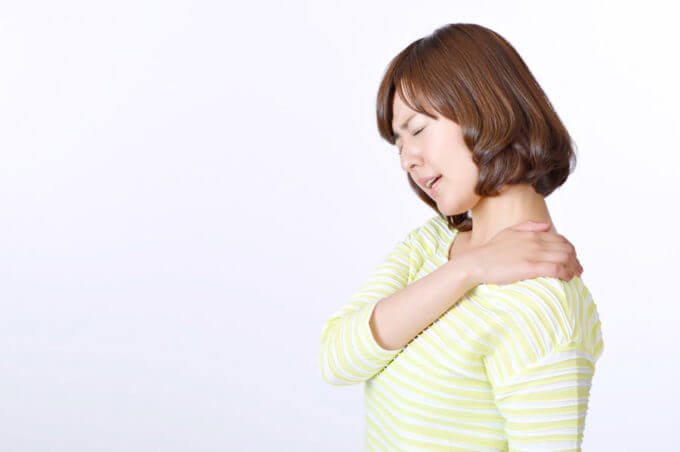
By the way, my wife suffers from chronic shoulder and back pain, and she once asked me for a Reiki treatment for her shoulders and back.
I treated her shoulder and back with Reiki and the pain disappeared, but the next day she complained to me that the pain in her shoulder and back had returned again.
So, following Tomita’s method, I examined Byoukan in her body and I felt a strong Byoukan in her left kidney.
In other words, the results of the Reiki diagnosis based on Byoukan indicated that my wife was experiencing pain in her shoulders and back due to chronic poor kidney function.
In fact, my wife had been exhibiting a variety of symptoms due to low kidney function besides stiff shoulders and back pain, so that she and I were very surprised at the accuracy of Kaiji Tomita’s Reiki diagnosis based on Byoukan when we learned the true cause of her ailment.
The Essence of Kaiji Tomita’s Reiki Therapy
The essence of Kaiji Tomita’s Reiki therapy is that it uses Reiki to detect Byoukan and differentiate between Byousho (the place where the symptoms of the disease appear) and Byoukon (the place that causes the disease) in order to formulate a Reiki treatment plan.
According to Tomita, a practitioner skilled in the Byoukan-based Reiki diagnosis can also predict the approximate number of treatments a sick person will need to make a full recovery.
Tomita cautions that in diagnosing disease, the Reiki practitioner should not be overconfident about what he or she sees or hears about the patient’s symptoms, and should diagnose the disease based solely on the location and intensity of Byoukan.
This is because, as is evident from the example of the child with eye disease described above, the physical pain and visible symptoms of the sick person’s body can sometimes contradict Byoukan and therefore mislead the practitioner’s judgment of the disease.
In fact, even in cases where the child’s eyes show symptoms of the disease, the practitioner may have to make the seemingly inexplicable assertion that the real cause of the disease is in the chest, as a result of a diagnosis based on Byoukan.
And this Kaiji Tomita’s Reiki diagnostic technique, which is based on Byoukan to find the root cause of the disease, is the main reason why Kaiji Tomita’s Reiki therapy achieved an astounding cure rate.
(Continue to “How to Completely Master Amazing Reiki Therapy in Just 5 Days of Training” [Part 6])
Reference
- Kaiji Tomita (February 1933). “Reiki To Jinjutsu: Tomita-Style Hands-on Therapy.”
Published on November 7, 2020
Written by OTAKUPAPA

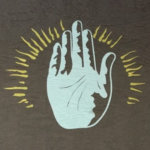
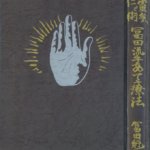
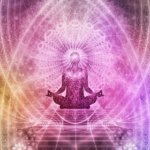
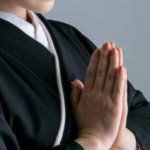
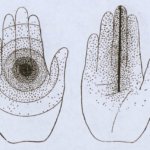
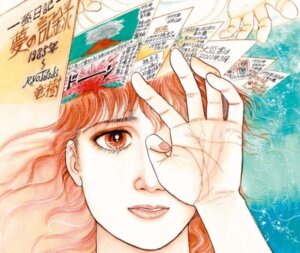
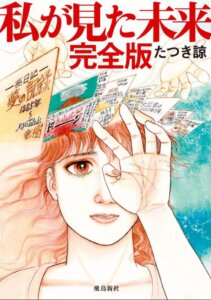
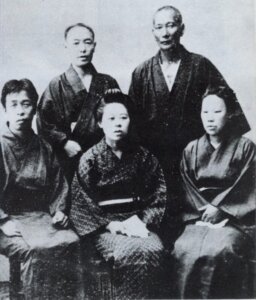
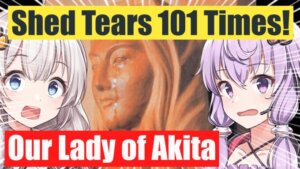
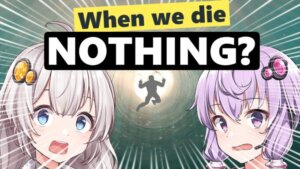
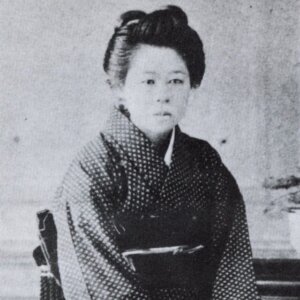
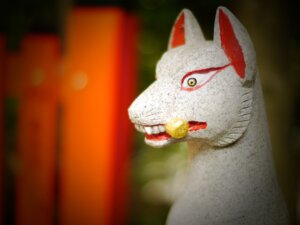

Comments